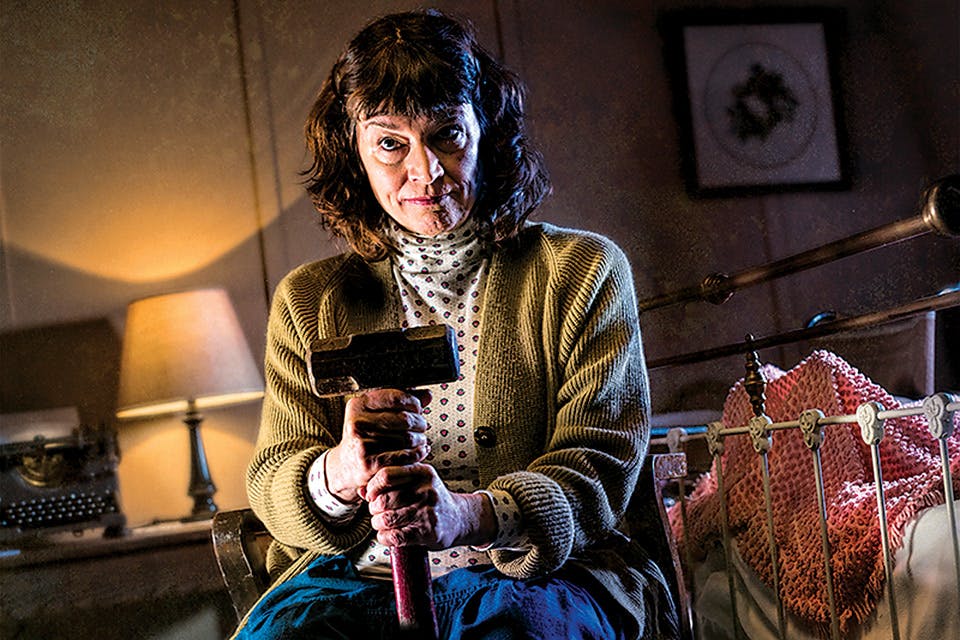Arts
‘Misery’ in Cincinnati
As Cincinnati Playhouse in the Park prepares to bring Stephen King’s chilling 1987 novel to life, we talk to those tasked with re-creating Annie Wilkes’ warped world on stage.
Related Articles

Bluegrass Musical Tells Legendary Tale of the Loveland Frog
This fun romp, which debuted at the Cincinnati Fringe Fest in 2014, brings the story of southwest Ohio’s famous cryptid back to the stage. READ MORE >>

This Ohio Barn Theater Preserves a Long-Running Tradition
One of a handful of historic Ohio venues of its kind, Rabbit Run Theater in Madison has been hosting summer stage shows since 1946. READ MORE >>

Road Trips: Historic Ohio Theaters
These storied performance spaces have been restored over the years in order to ready them for new generations of audiences. READ MORE >>



